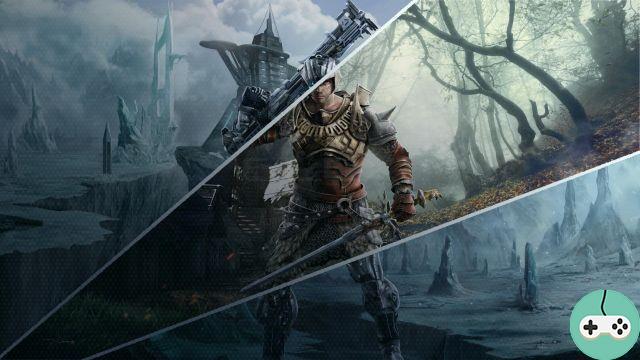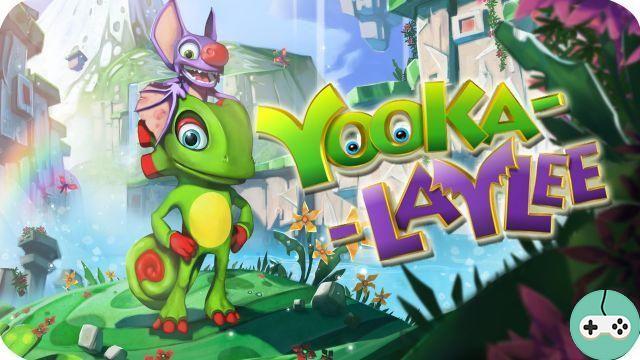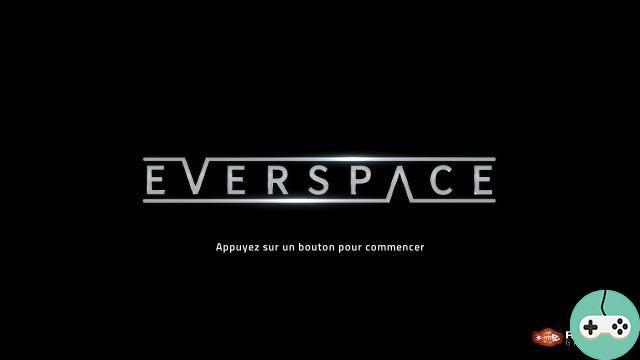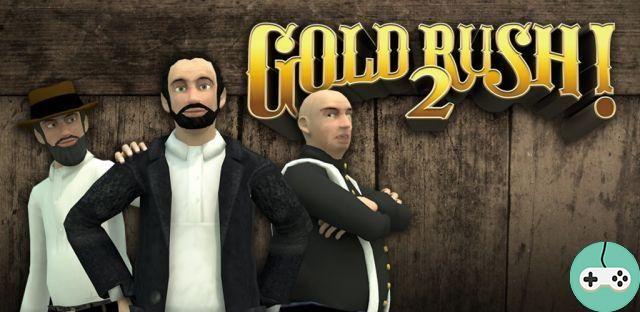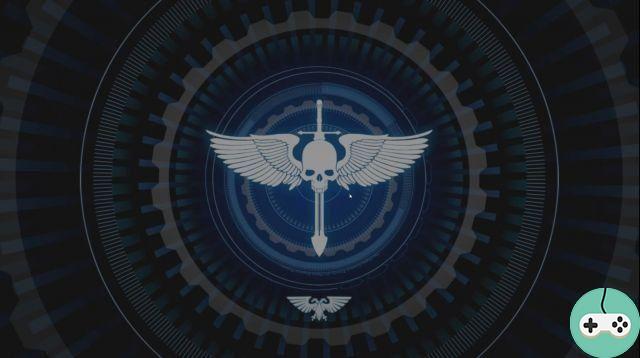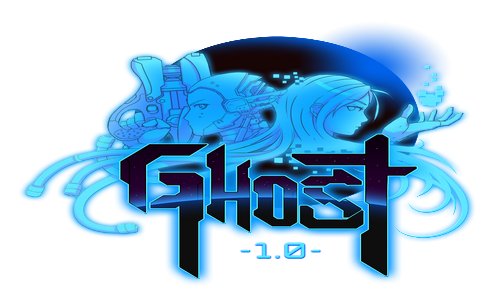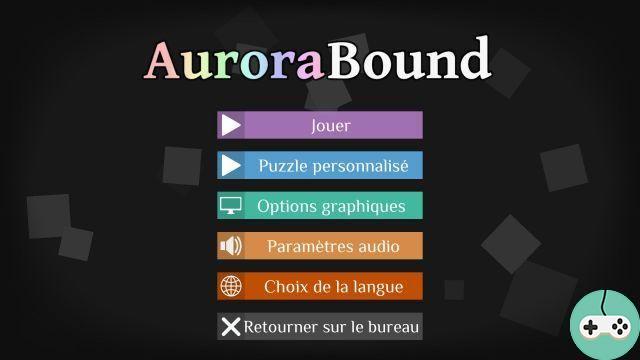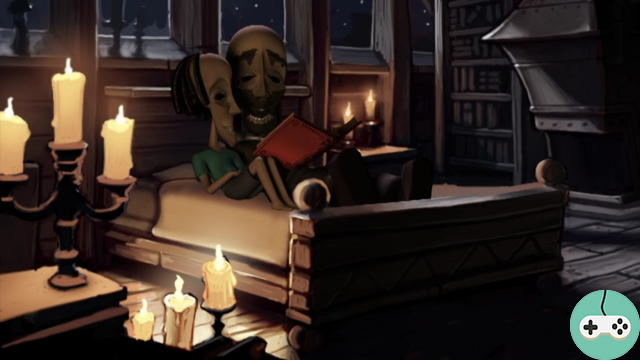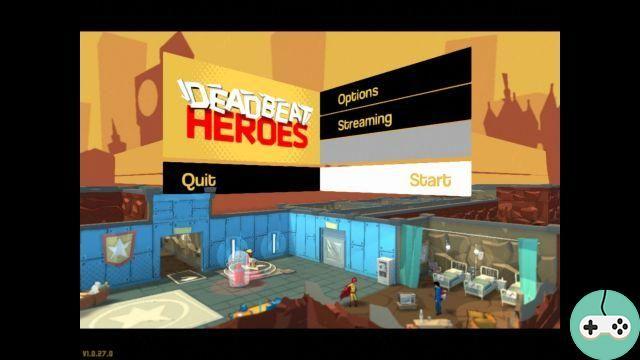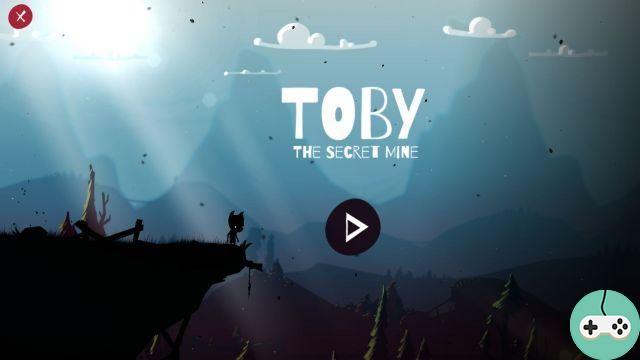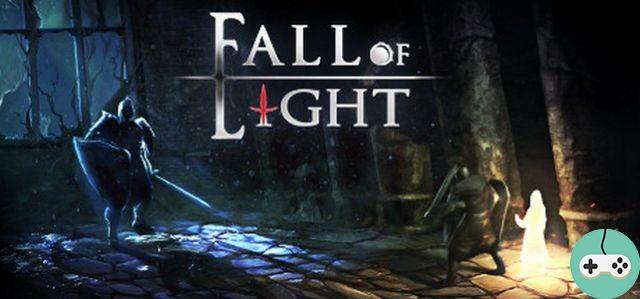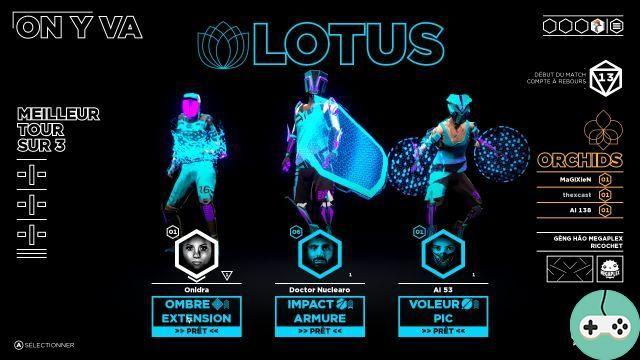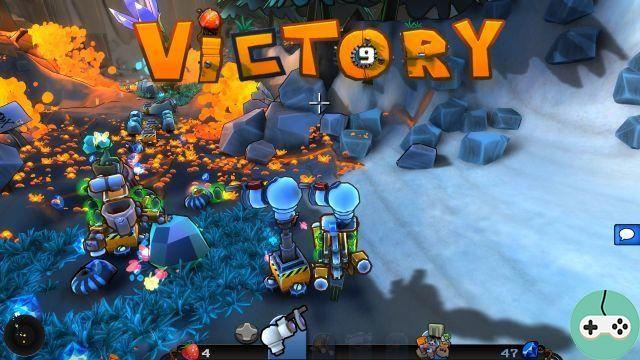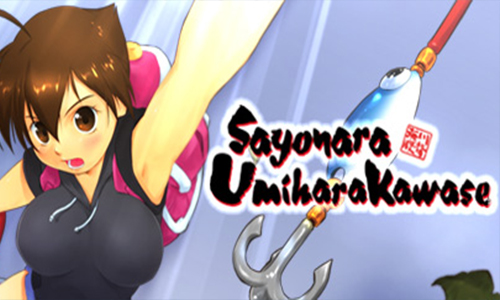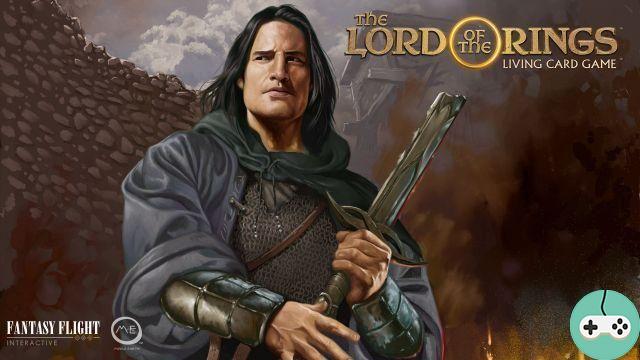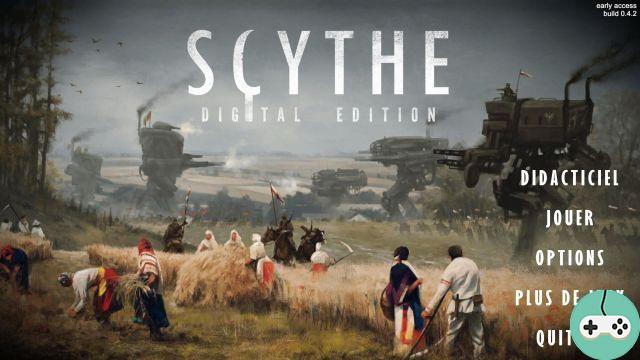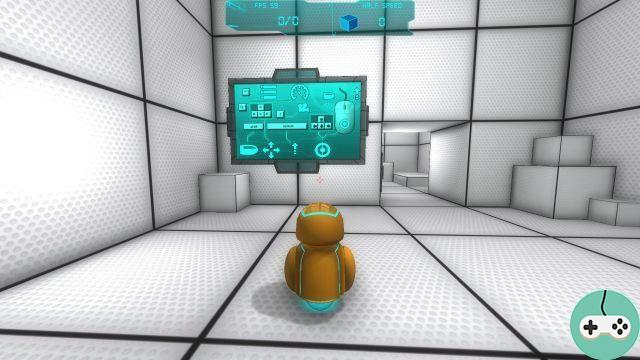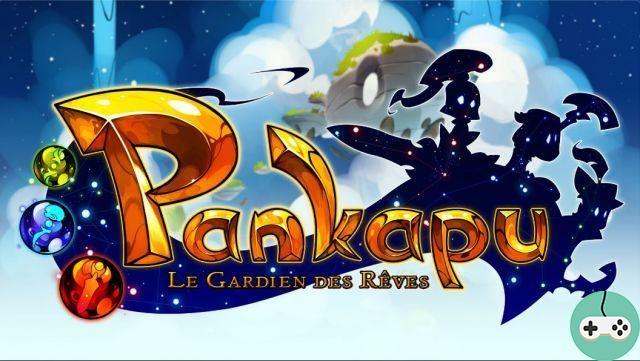
Pankapu is a small game developed by Too Kind Studio, an independent spanish studio based in Lille and published by Plug In Digital. We had the opportunity to meet them a few months ago during the Indie Games Play 4 event.

Pankapu is an episodic platformer adventure game set in a dream world, Omnia, in which we take control of Pankapu, a young warrior created by the Dream God himself, Iketomi, to protect Omnia from the horde of Hya'Nagis, nightmare monsters, who have launched an invasion. Pankapu will be supported throughout a small magic spider named Chii, who will help him in his adventures, to fight the invasion of Omnia, but also to discover the mysteries hidden there.
But the game also tells us a second story, that of Djaha'rell, a young child from the real world who is disturbed since a tragic incident. Throughout the adventure, we will learn more about Omnia and the dream world, but also about Djaha'rell, who is told the story of Omnia.
In short, the game offers us two different, but related stories. That of the world of dreams, an epic story, "cute" and a bit naive, and that of Djaha'rell's life, sad, dark and filled with pain and suffering. On the other hand, we will only play in the world of Omnia, at the helm of Pankapu.




The game begins with Djaha'rell having a nightmare. After waking up with a start, a man comes to tell him a story, which is that of the world of Omnia.
The game currently offers the first episode, with the first two chapters of the story, in which several levels are located and unfolded. Each level offers several possible passages, but also many objects to collect and secrets to recover / discover. For starters, there are the Mudjins. These kinds of little balls with wings have escaped and hidden (and sometimes, very well hidden) in all levels following the invasion of the Hya'Nagis. There are a total of 100 per chapter to find. As soon as 25 are collected, Pankapu gains a Lutanite Fragment.
These Lutanite fragments are life receptacles which, once four of them have been collected, increase Pankapu's amount of health, much like quarter hearts in Legend Of Zelda games. In addition to earning it by finding and saving 25 Mudjins, it is possible to find hidden platforms in the world by donating a quarter.
You can also, during the adventure, discover Nagito and Itopia forges. Nagito are similar to Lutanite Shards, except that they increase Kanpaku's reserve of magic. Itopia's forges offer increased weapon damage and there are 3 different types, one for each type of weapon.
These elements are, for the most part, extremely well hidden and require exploring all possible passages. However, it will not be possible to do it the first time, because very often, once you have entered a passage, it is impossible to turn around. Some passages can also only be unlocked through abilities / weapons that Pankapu will gain later in the adventure.


At first glance, these elements to be collected seem secondary but it is not. Helping Pankapu initially by making him more powerful and resistant, it is thanks to all these lost objects that we will be able to reconstruct, piece by piece, the story of Djaha'rell and learn a little more about this child. thanks to memoliths, each made up of numerous fragments.




To help him during his adventure, Pankapu has aegis (weapons) and Nebulas (magical powers) which are unlocked during the adventure and which can also be improved.
In the beginning, Pankapu has the “Bravery” aegis which grants our hero a sword and a shield. The sword will be the main weapon of the adventure and will offer a multitude of powers and abilities. In its basic version, the sword can be thrown in order to inflict damage on slightly distant targets and also destroy projectiles or "perforate" enemies and even certain elements of the scenery by diving to the ground and planting the sword. . Pankapa, under the aegis of "Bravery" will also be able to charge in order to create a huge explosion around him. The shield is one of the essential elements of the adventure. In addition to being able to block all projectives / attacks, it is thanks to him that Pankapu will be able to reload his magic bar. Each blocked hit / projectiles will fill the bar a bit.
In second aegis, we find that of Fougue. She gives Pankapu not only a new weapon, but also two new abilities: double jump and dodge. Both will be extremely useful, both in the levels following his recovery and in the previous ones, allowing Pankapu to explore new paths and passages of all kinds in order to collect rewards. Both offer new gameplay possibilities, the double jump allows you to reach places high or located very far, for example, jump over a precipice or jump on a very high platform. The dodge allows for its part, not only to dodge attacks, enemies or projectiles by "sliding" in one direction, but also to pass through certain elements, such as a bramble forest, by "sliding" through it. . Like that, Pankapu continues on his way to where he could not before. The new weapon linked to this aegis happens to be a bow, offering ranged attacks (logic ...). Like the sword which is coupled to the shield, the bow is coupled to the trap. Pankapu can throw a trap on the ground that will damage enemies and push them back. Beside that, using magic, it will be possible to fire several projectiles hitting three enemies, even if an obstacle is in the way.
Aegis are a central element of the game, they grant all the main actions of Pankapu and it will often be necessary to juggle regularly from one to the other during the levels, sometimes very quickly. For example, the Aegis "Bravery" makes Pankapu very heavy, causing some elements of the scenery to collapse if he walks on it, while the Aegis "Passion" allows him to walk and stay on it without worry.
 Normal epée
Normal epée
 Normal arc
Normal arc
But aegis are not all that Pankapu will have at his disposal to fight his enemies. He will be able, in fact, to transform his weapons thanks to the Nebulas, granting new capacities to the latter.
Also obtained during the adventure, the Nebulas offer secondary abilities, but extremely interesting, bringing a considerable support. Common to all aegis, however, they offer different capacities, but based on the same “element”.
The land-based Nebula Suwata offers the Bravery Aegis enough to increase Pankapu's defense. When he uses his charged ability, instead of creating an explosion, Pankapu will create three spheres that revolve around him and take damage for him. With the sword, the last chain sees appearing small brambles on the ground inflicting damage of area.
The fire-based Nebula Inyan greatly increases Pankapu's punching power with the sword. The sword throwing is replaced by a magic ray that deals damage to all enemies in its path, crossing through the majority of them and dealing damage down the line. The charged ability replaces the explosion with a projection of a multitude of crystals that explode as soon as an enemy makes contact.




Regarding the Fougue aegis, the Nebula Suwata does not offer many changes, only a few effects very sympathetic to classic attacks. The trap now triggers the appearance of roots that do damage to all enemies hit, but no longer regrows. Dodging causes a wave of thorns to appear in its wake, dealing damage to enemies in its path.
The Nebula Inyan is the most interesting, I find. The latter modifies basic attacks, detonating arrows with each impact and dealing damage to all nearby enemies. The trap is replaced by a crystalline ball which, once an arrow is shot, causes a multitude of arrows to appear, injuring all enemies in their path. And the charged attack places a "crystal mark" on enemies hit, making them very vulnerable to Bravery-type attacks. This is one of the interests in regularly changing aegis during the fighting.


Nebulas also change the appearance of weapons, modifying them and giving them an appearance reminiscent of their respective element.
 Normal arc
Normal arc
 Arc Nebula Inyan
Arc Nebula Inyan
 Arc Nebula Suwata
Arc Nebula Suwata
 Normal epée
Normal epée
 Epée Nebula Inyan
Epée Nebula Inyan
 Epée Nebula Suwata
Epée Nebula Suwata
In the next chapters, we will be entitled to an additional aegis (magic staff aegis in view of the images) and two new Nebulas.
Now that we know the arsenal of Pankapu, let's take a look at the world. The levels that we cover during the adventure are classic, but extremely varied. Sometimes we walk through a crystal forest, sometimes a flowery meadow, a forest, caves and very strange places. Each of these levels is really very well designed and pretty. The levels can be achieved in different ways via the alternative paths which can be unlocked thanks to the faculties obtained via the aegis (double jump, dodge, destruction of scenery, etc.). There are many passages that are quite "tense" which will strain reflexes as well as patience.








The bestiary is also well supplied. They each have their own unique abilities and methods of being killed. Currently, however, there are only two large "families" of monsters (or type) the Zoldal and the Gelatyn.
Gelatyns are, as the name suggests, little jellies, reminiscent of slimes from the Dragon Quest universe. There are many kinds, requiring Pankapu to be cunning and often switch between weapons. Some enemies can be defeated thanks to elements of the scenery. For example, the Zoldalbinos who freeze in fear at the slightest appearance of light.
The bosses that we meet during the adventure each offer a specific technique to be defeated and are, for some, quite difficult to defeat.
On the life side, this first episode is (unfortunately) quite short. It will take about 4-5 hours to be completed in a straight line and about 6-7 hours to be 100% complete (all the elements collected, etc.) The game being very addicting and pleasant to play, we do not see the time passed and I admit that I was left unsatisfied once the second chapter was completed. The story takes shape as we advance through the levels and chapters and we really want to know the rest, both for the story of Omnia and that of Djaha'rell.
Conclusion
Pankapu is a pleasant surprise for me. The game and its universe are "bewitching" and we let ourselves be carried away by the story, or rather, by the two stories. Some mysteries are present on both sides, making you want to know more and continue. The lifespan of the first chapter is quite short, but if the others are of equivalent duration, we can certainly reach twenty hours to complete Pankapu at 100%. On the sound side, the music sticks well to the levels and the atmosphere. Aegis and Nebulas fit well into the game and all have their uses. The game is well done and, during the whole adventure, I only encountered one bug which was fixed the same day.
Sold for the small price of € 4,99, the game is well worth the expense and there is very little risk of being disappointed with its purchase. Personally, if you like platform games, I recommend it!





